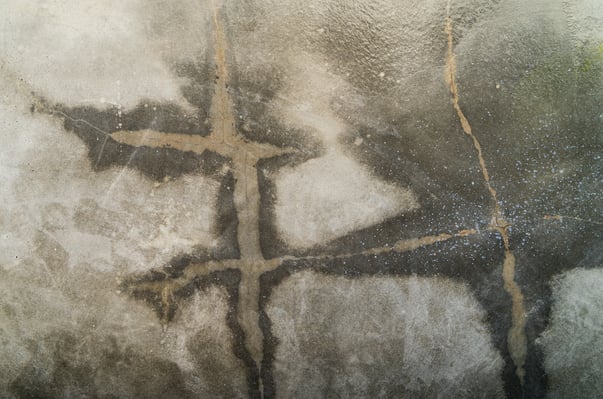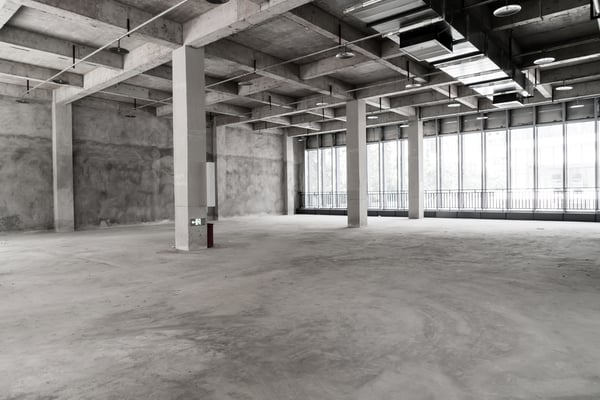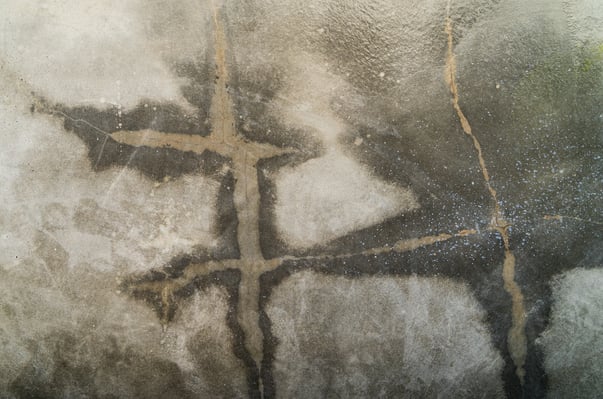The base floor in many buildings is simply a cast-in-place concrete slab, with limited design considerations for structural support or environmental control. However, the base floor can be a more complex system, consisting of a structural foundation slab, covered with waterproofing and wear slabs. This system is designed to withstand hydrostatic pressure and maintain a controlled environment.
The main problem with slabs is leakage, as concrete is the most common material and cracks are a common problem in concrete elements. Another concern when designing slabs is controlling soil gas emissions, such as radon. The design and construction of slabs are fundamental to achieving the expected performance, durability and long service life. Additionally, repairing a foundation slab can be very expensive or virtually impossible once completed.
When designing slabs the best approach is to be very conservative, especially in areas that will be buried. It is recommended to incorporate high quality materials with additional reinforcements to reduce the risk of failure.
Does your building envelope provide effective insulation and waterproofing?
Structural Support
The floor slabs of an underground building must resist vertical gravity loads and upward soil loads or hydrostatic pressure. Down loads come from the self-weight of the slab and any dynamic occupancy loads, such as pedestrian traffic. In some structures, the floor slab can also serve as a foundation slab, resisting significant loads from columns and walls.
Slabs may also be exposed to upward soil loads and hydrostatic pressure, depending on their location and the area's water table. Upward soil pressures can be applied to the slab when it is designed as a mat foundation, while building point loads are downward forces.
Environmental control
The external environment exposes foundations to thermal effects, humidity, insects and soil gases. In particular, thermal effects and air humidity can also come from indoor sources. As with other elements below ground level, the performance of a floor slab will depend significantly on its ability to resist and regulate these environmental effects. Crack prevention is very important, both for structural performance and leak prevention.

Moisture control measures generally include a drainage and barrier-type system. In cases with hydrostatic pressure from groundwater, the first moisture control component is a pumping and drainage system to mechanically lower the water table. The second component of the moisture control system includes a layer of granular aggregate beneath the floor slab, which provides an area for moisture to accumulate and dissipate. Moisture can also be pumped or drained to a sump system or outlet drain. In areas with low water tables or dry conditions, the granular aggregate layer and outlet drain are typically sufficient for moisture control.
Once the moisture control system is defined, the next step is to include a waterproof membrane or vapor retarder beneath the slab.
- A vapor retarder serves as a barrier against vapor migration in the absence of hydrostatic pressure
- Waterproofing membranes will provide resistance to vapor migration and hydrostatic pressure.
Most building codes require a vapor retarder as minimum moisture protection, even in areas with low water tables. Vapor retarders also minimize shrinkage stresses and cracks in the slab. Waterproofing membranes are necessary in situations with hydrostatic pressure and moisture-sensitive interiors. These membranes are commonly applied to a clay slab, cast over a granular aggregate or compacted earth layer.
Soil gas is another environmental condition. The migration of soil gases, such as radon, can be controlled with a polyethylene-type vapor retarder or waterproofing membrane. Membrane protection during construction is critical, along with attention to detail at all terminations, edges and penetrations. This ensures adequate control over soil moisture or gases.
Slab finishing and MEP distribution systems

When dealing with flooring systems, only the interior finish is of concern. The requirements for this finish depend on the use of the interior space, with some common finishes being carpet, tile and adherent flooring. When using tiles or any type of adhered floor, steam control is essential to ensure adequate adhesion. In parking or storage areas, the interior finish may simply be the exposed surface of the concrete slab.
The floor slab may contain MEP installation components such as mechanical piping, hydraulic lines, and electrical feeders. When these elements are present, they must be sized to support the expected loads acting on the slab. MEP distribution systems must also be designed to facilitate maintenance or modification.

